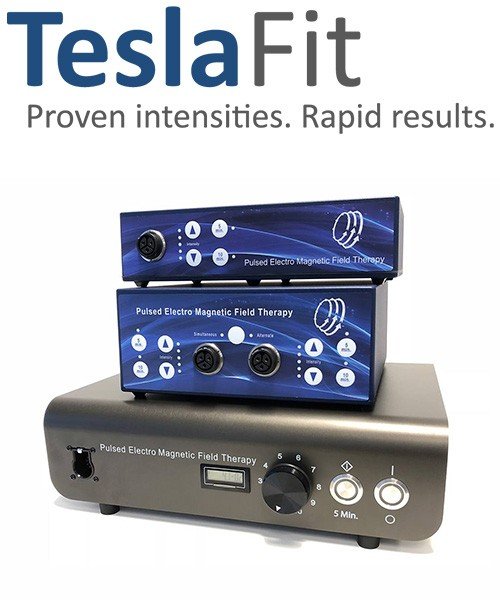Yes. The longer high-intensity magnetic therapy is studied, the more we discover that there are many possible clinical applications. Most high-intensity research is done treating the brain. This type of PEMF treatment is typically called rTMS (repetitive Transcranial Magnetic Stimulation), and it was originally developed to be a replacement for ECT or “shock therapy.” Much of the rTMS research is done using extremely high-intensity magnetic fields – much higher than the TeslaFit is capable of producing. While the TeslaFit can cause muscle contractions locally, rTMS stimulation can cause muscle contractions by stimulating the brain directly. Even at this level, no adverse effects have ever been found. A 2006 study aimed to determine how much rTMS exposure was safe. In that study, participants received 12,960 magnetic pulses per day, 3 times per week. No negative side effects were found. So even at this level of stimulation (likely far more than the average person would ever receive, and at much higher intensities than the TeslaFit produces), the therapy was proven safe.



